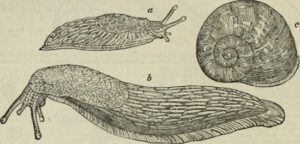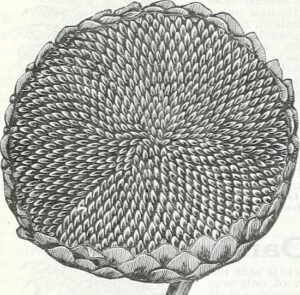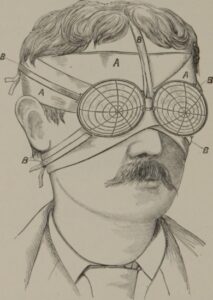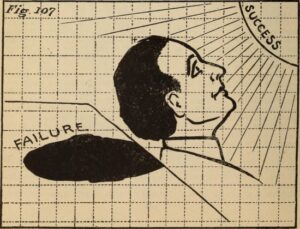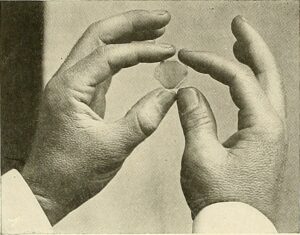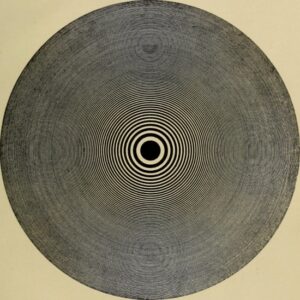Tuning Transdisciplinary Education is a part of a larger Erasmus+ project that took place from 2019 to 2022. Initially, we, somewhat naively, planned to design a curriculum which would lay the grounds for transdisciplinary teaching. However, as we hosted different events, conducted interviews, gathered keywords, and reviewed related literature, projects and teaching practices, we realised transdisciplinary education is profoundly contingent and fluid. At any given moment, there are simultaneous relays between the disciplinary and inter-, multi-, intra-, cross- and trans-disciplinary work being done. While these grey areas are confusing and unsettling at times, they are equally fruitful ambiguities to be embraced as they provide space for speculation, innovation and the unexpected.
Collaborative teaching, which is what it must always be in a transdisciplinary context, is a journey that moves with, against, through and beyond disciplines and often makes vulnerable, if not debunks, hierarchies of knowledge. Transdisciplinary teaching requires care, attentive listening and making subtle adjustments in relation to oneself, others and the infusion of a place, time and situation. Individual and collective aims and visceralities must be accounted for, sensed and heard. It is an all-encompassing act of tuning into the many frequencies, audible and inaudible.
With this in mind, rather than drafting a ‘how-to’ guide or taking a one-size-fits-all approach, this site offers an (imperfect) trace of our research process and findings. It is intended as a resource for tuning (verb) transdisciplinary education. You will find edited highlights from interviews, documentation of various research events, and a section on our methodologies. A more extensive list of keywords can be found under the heading, Entanglements, in the form of an index. Finally, we have gathered resources to aid you on your transdisciplinary journey.
The tuning words found on this page emerged as the most significant. They were gleaned from conversations, events, interviews, and readings. They are meant to be a prompt, a means of calibration and a catalyst for thinking about transdisciplinary teaching. While we use the phrase, tuning words, with the aim of resisting the authoritative and embracing that which must always be in movement, we simultaneously acknowledge the limits of words. After all, transdisciplinary education is embodied, something experienced when people gather to think, do, make and even dream anew together. Or, as María Puig de la Bellacasa writes, it is care work, that “requires attention and fine-tuning to the temporal rhythms of an “other” and to the specific relations that are being woven together.”

